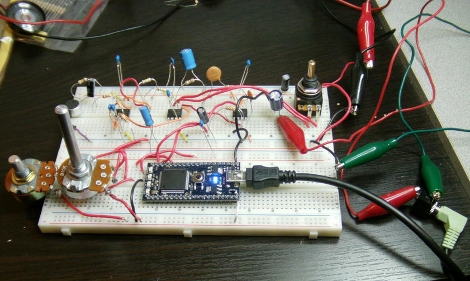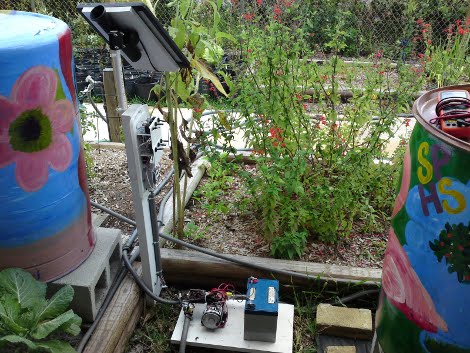
Since we first mentioned the Leapfrog DIDJ, a lot has happened. A number of avid readers of Hack a Day teamed up with a couple hackers experienced with the DIDJ, and have managed to make some huge progress into making a linux based game console on the cheap. For all the readers who missed out on the last sale on Woot, its about time for a second chance.
The team working over at the HackerFoundry forum have managed to gain serial console access, map the file system, create a fake update server, and are almost at a point where replacing the stock OS and firmware can be done with software alone. They have also designed and tested a homebrew cartridge with a slot for a microSD card and breakouts for expansion and debugging.
Right now they are looking for someone with experience snooping USB protocols to figure out how the device communicates to the computer, as well as anyone who is interesting in just testing or playing around with what they have done so far. There are a number of tutorials and walk-throughs on the eLinux wiki. Its amazing how far this group has come in just two months.





















